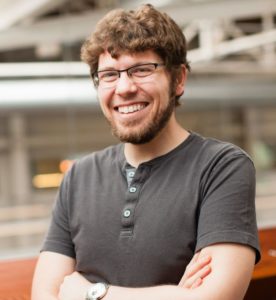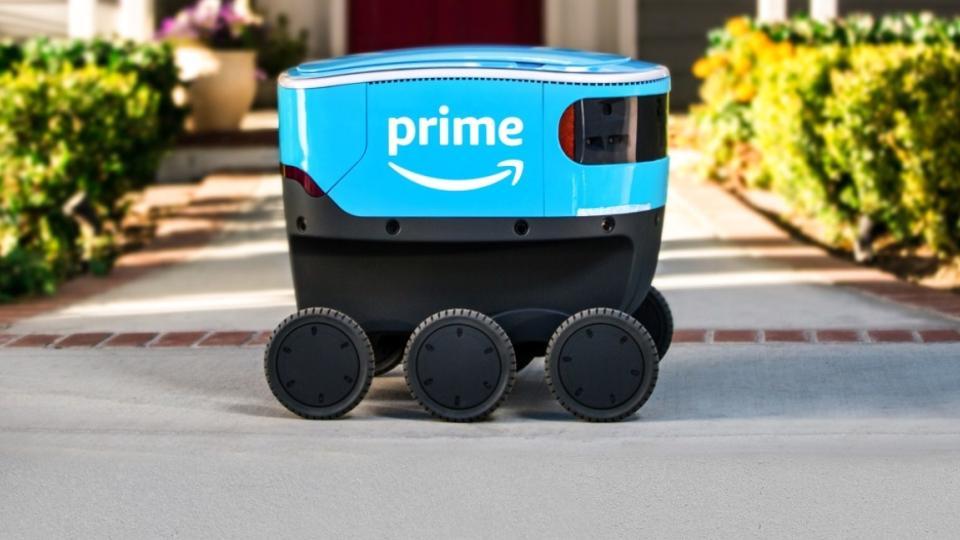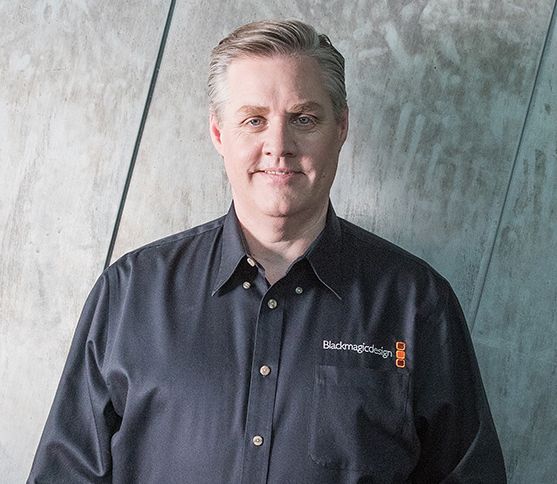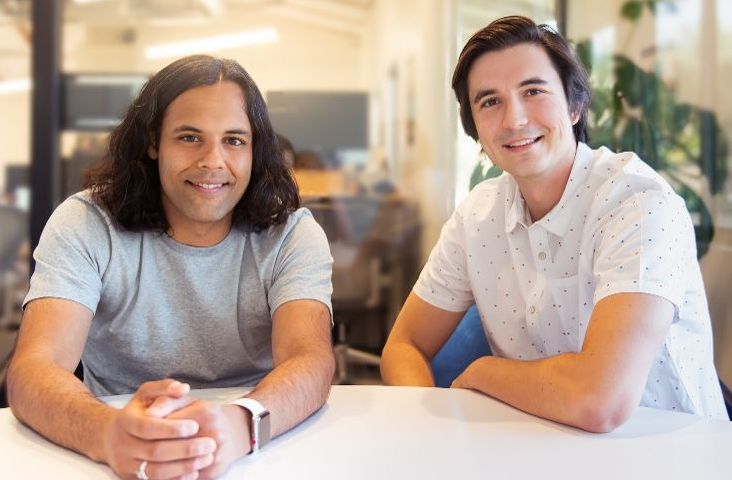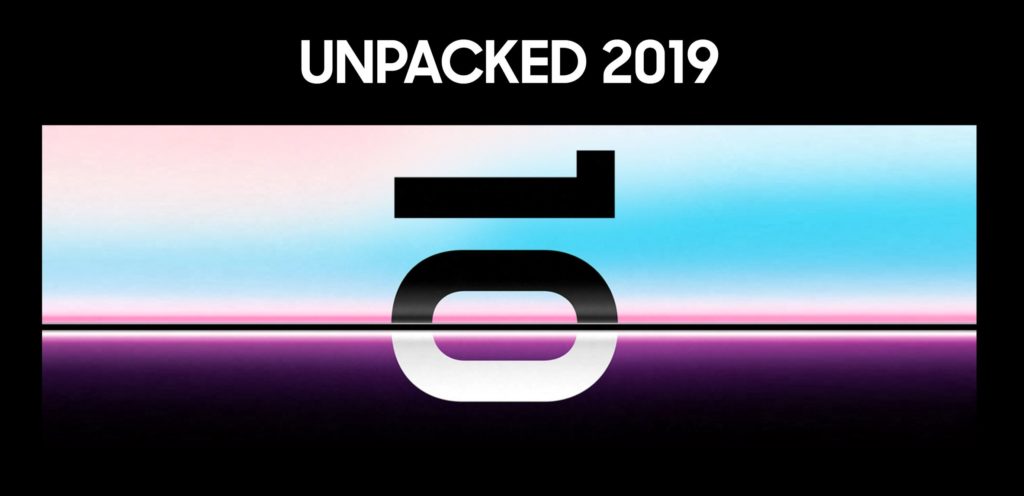Sandeep Aggarwal : Serial Entrepreneur, Angel Investor and the Founder of Shopclues
The emerging Indian start-ups are bringing a great revolution in the entrepreneurial world. The young Indian minds and their untamed passion is creating history in the 21st-century economy. But, it isn’t always the young minds, because it is known that experience makes you wiser.
Sandeep Aggarwal is one such passion-driven entrepreneur who has successfully launched two start-ups, Shopclues and Droom, and now is one of the most influential men in the business world. The idea of Shopclues was pondering in his mind since 2010, but finally, he founded it in July 2011, followed by the launch of Droom in April 2014. The entire business was set up in Silicon Valley, and later, it shifted to India. Aggarwal faced a lot of difficulties and failed plans before he finally founded Shopclues.
Early Education
After passing school, Aggarwal pursued a degree in B.Com followed by a master’s from Indore. While doing his master’s, he also interned with Kotak Mahindra, Mumbai.
The First Step into the Professional World

Aggarwal first stepped into the professional world when he landed an internship in Kotak Mahindra, in 1995. The internship was in Mumbai, and it was his first chance to interact with intelligent minds around him and learn from them. He was perfectly groomed in this duration of his internship on how to deal with people and work at a professional level. He realized that most of us might have proper skills and knowledge, but only a few knew how to expose it professionally. Aggarwal, in one of its interviews, said that this internship also helped him strengthen his analytical skills and strategic thinking, apart from business communication and personality development.
Life before Shopclues happened
After completing his master’s degree, Aggarwal worked in the field of investment banking. While working in it, something changed his mind, and he decided to move to the US. He joined the Washington University, St. Louis, USA to pursue an MBA degree, and after receiving the degree, he worked for two different companies. After leaving these jobs, he joined Wallstreet and served eight years as an internet analyst, where he was given research covers on companies like Google, Amazon, Microsoft, Yahoo! etc. Aggarwal is also a chartered member of TiE Silicon Valley.
While Aggarwal was still working as an internet analyst, in 2010, he visited India quite a few times to launch research coverage for MakeMyTrip. It was the time when the idea of launching an online marketplace clicked in his mind. He started planning about his business with a website called DealsClues.com, but finally, he settled with Shopclues.com, in 2010 and established this marketplace in Silicon Valley.
Founding of Shopclues.com
With Radhika Ghai Aggarwal (Sandeep Aggarwal’s wife), Mrinal Chatterjee and Sanjay Sethi, he started his new business in Delaware. By September 2011, the team moved to India and permanently settled in Gurgaon. At the very beginning of Shopclues, Aggarwal raised $1.95 million from his social circle.
In 26th January 2012, the public beta version of Shopclues was released, and by next month, the team size expanded to 25 from only 3-4 members. The Alexa ranking dropped from 14,000 at the beginning of the year to 200 only in August of the same year. The company started making a jaw-dropping profit with more than 2 million monthly visitors.
In January 2013, Shopclues has ranked as the fifth largest e-commerce companies in India, and the Alexa ranking dropped to 90. The business was progressing swiftly, until, July 2013, when he found legal charges filed against him for the time he worked as an internet analyst in Wallstreet. Aggarwal said that it was a time of sheer crisis in his life, and it almost took a year or so for him to get back on track. He didn’t have any choice other than avoiding the press and any other formal role in Shopclues. His family suffered, too. But today, Shopclues, his first company is worth $1.1 billion, and it is one of the largest online stores to serve in India.
Droom
Aggarwal founded Droom in April 2014, and it was the first-ever online platform for selling and buying automobiles (used and new) and services related to the same. Droom has a very strong founding team with more than 75 years of experience in technology. It was only after a year of its founding that Droom raised $16 million in Series A funding led by Lightbox.
Even today, it is India’s most trusted platform for automobiles.
The emotional outburst
In 2017, Aggarwal was in the spotlight for posting about a private matter in social media which was concerning his wife, Sanjay Sethi and Shopclues. An emotional outburst in social media is often not considered as a very clever judgment especially for business tycoons like Aggarwal. But, he said it was a very fragile moment for him and it was definitely a mistake to attract negative attention. Though he went through an emotional turmoil, the companies didn’t suffer any such loss but his personal life is still a very big question mark.

Annasha Dey is an NIT student, who apart from studying engineering is also a content writer. She has a great interest in photography, writing, reading novels, and travelling as well. She is a foodie who loves socializing and hanging out with her friends. She is also a trained Kathak dancer and a big fashion enthusiast. Dey also loves watching TV series, which includes F.R.I.E.N.D.S. and Big Bang Theory. To be a better writer she prefers to read more


